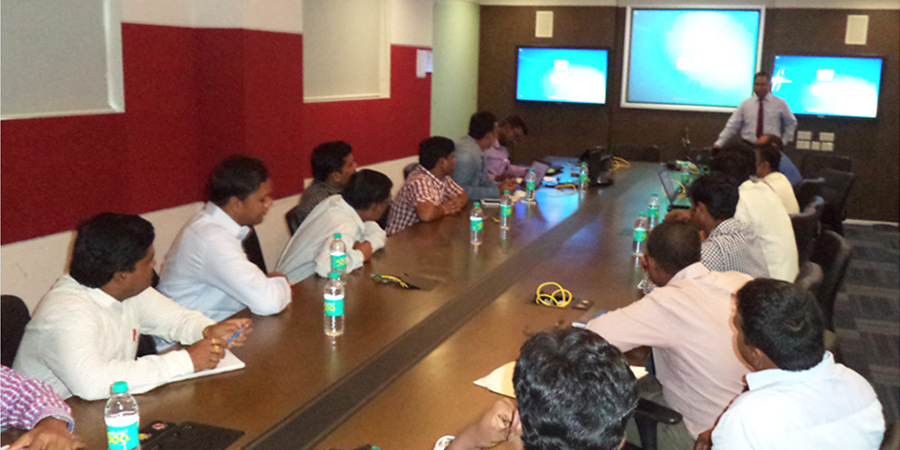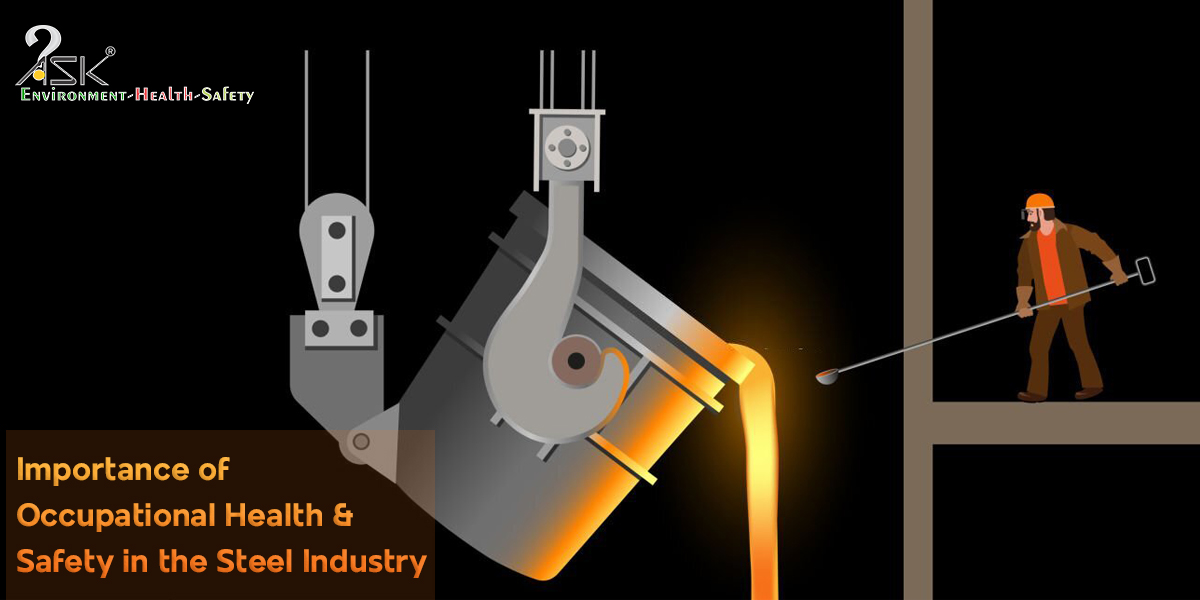How a work contractor can control risks & prevent accident/incident in a workplace

Risk, the word itself sounds something vulnerable, it is the probability or threat of injury, damage, loss, liability or some negative occurrence which can be avoided with preventive approach. Hazard and risk have a consistent relationship with any work activities carried out on a work (e.g. construction) site.
As we all know construction industry is one of the highly rated hazardous industries in the world. A large percentage of the world population is exposed to various risks in their work on a daily basis. Every worker desires that he should return home safely without any injury or an illness. But, factors such as work pressure, adverse work conditions, lack of information, instruction and safety induction training demands him to indulge in-to unsafe work practices. It is the duty of employer (management, contractor) to provide proper EHS Training before work begins at site. If one wants to achieve a “zero accident” goal, they need to follow a progressive health and safety management system. An organization, which has not installed such a system, suffers from excessive losses, high insurance costs, poor employee relationship and statutory non-compliance. Proper HSE management system should be in place to avoid such situations.
What is required to control risks and prevent accident/incident in a workplace ?
To control the risks that arise in various work activities performed on a large scale on daily basis, a strong health and safety culture adopting effective OHS management system is required to be developed from the planning stage of the project. An effective starting point is, every worker joining project should receive adequate OHS orientation training and subsequently trainings for critical activities and allotted job. The induction training should include site introduction, company HSE policy, proper work activities, standard operating procedures for various equipment, hazards, controls, responsibilities and accountability, measures of work-discipline etc. The training should reflect the safety culture of the project. Employer should compulsorily get EHS Audit conducted of his organization.
HIRAC – Hazard identification, risk assessment and commensurate controls need to be applied effectively to bring the risks to levels as low as reasonably practicable.
Every work activity carried out in the workplace should be planned from safety point of view. The controls are decided as per the hierarchy of controls. PPE should not be seen as an alternative to any technical control. Most important is participation of competent people from all required disciplines.
Toolbox talks should be compulsorily a daily routine and not simply a paper exercise. Regularly job supervisor and occasionally safety supervisor should supervise the execution of activities. The contractor management can train and deploy a “Behaviour Based Safety” team on site who then will assist in observing and coaching unsafe behaviours in the workplace.
Periodic safety walkthrough shall be carried out with the involvement of all senior managers, engineers and supervisors to identify the workplace issues. The company will have a transparent policy for violation of HSE rules. On the other hand, the workers who demonstrate good example should be recognised and awarded.
Thus we can say, no construction work is free from risk. But risks can be successfully managed using systems.
Share your views and queries. Happy Reading.



Controlling workplace accidents through effective safety policies is way to enhance the efficiency of the organization. Proper workplace safety risk assessment ensures well-being and safety of the workers. This article has well-elaborated about how to control risks and prevent accidents in the workplace. Reading this article has provided me a detailed understanding about the best methods of controlling risks.
Excellent information.